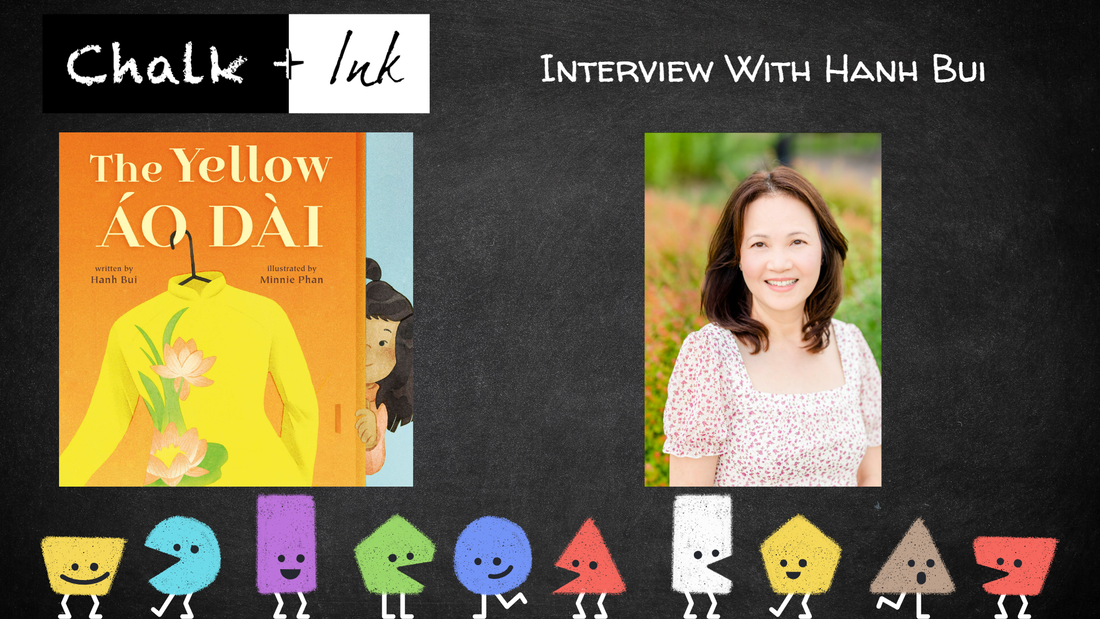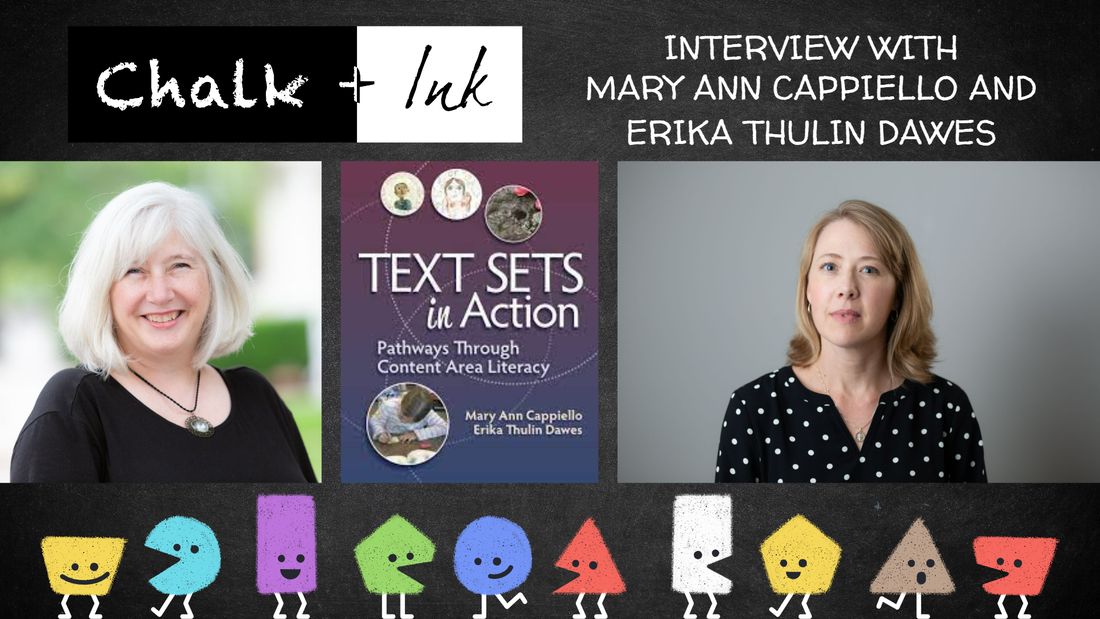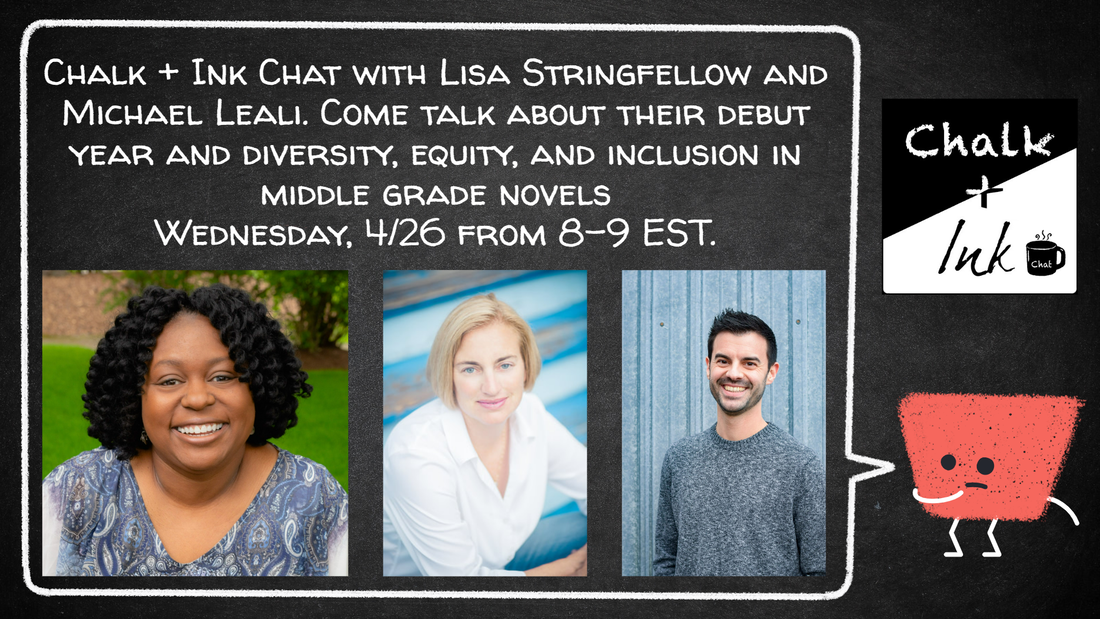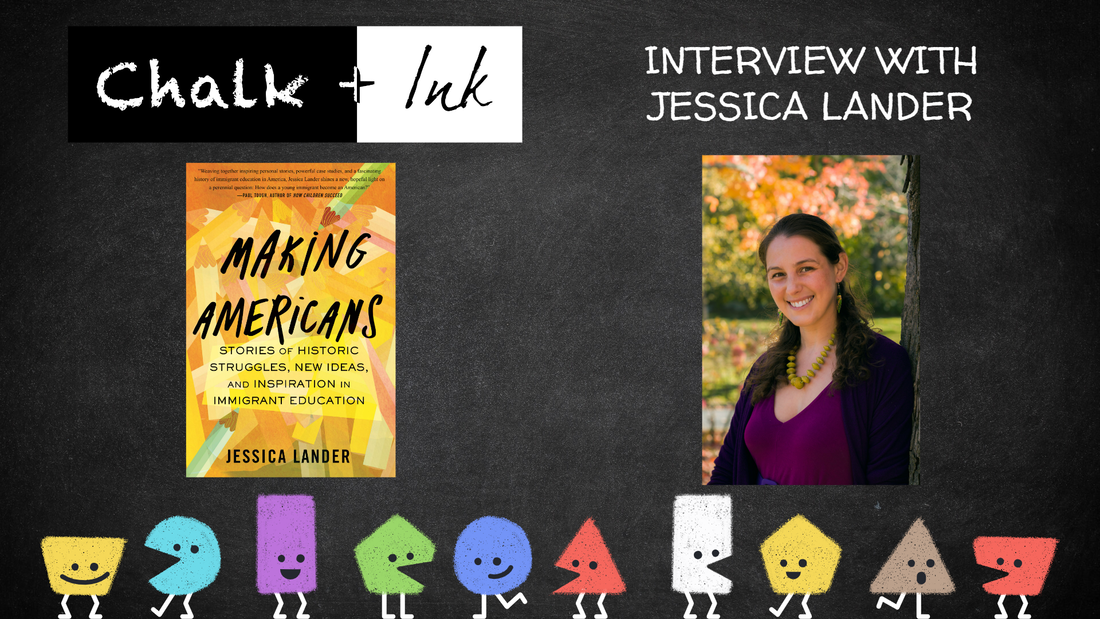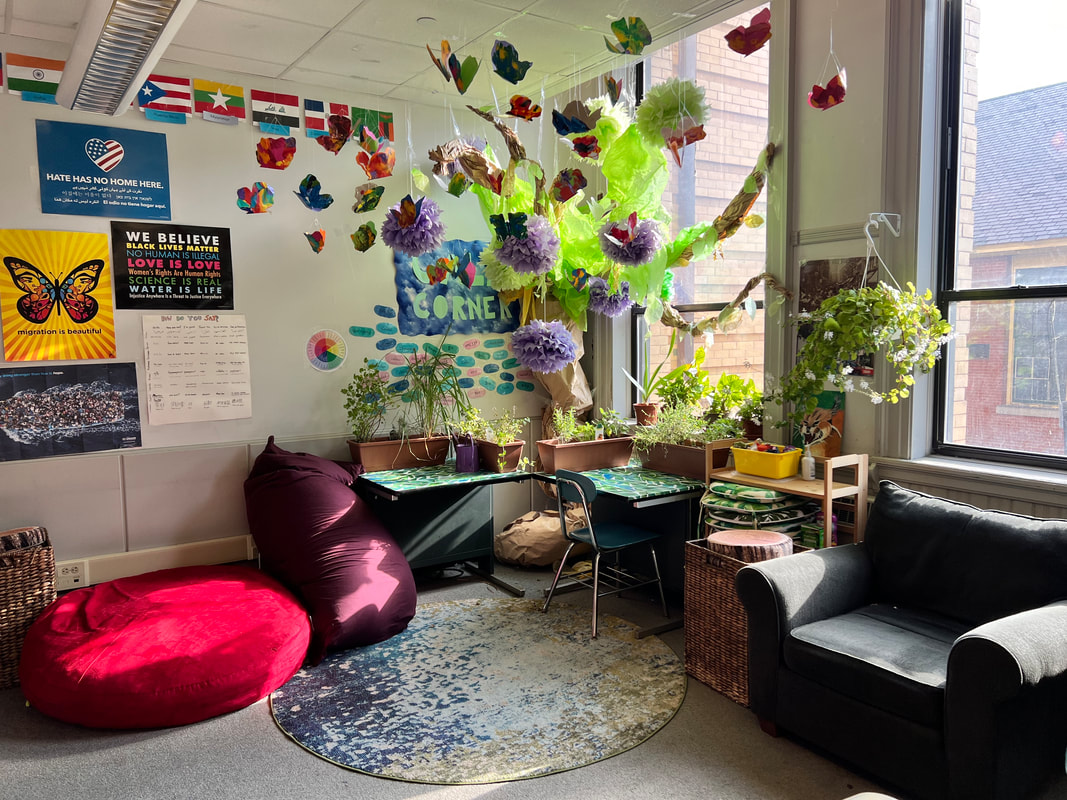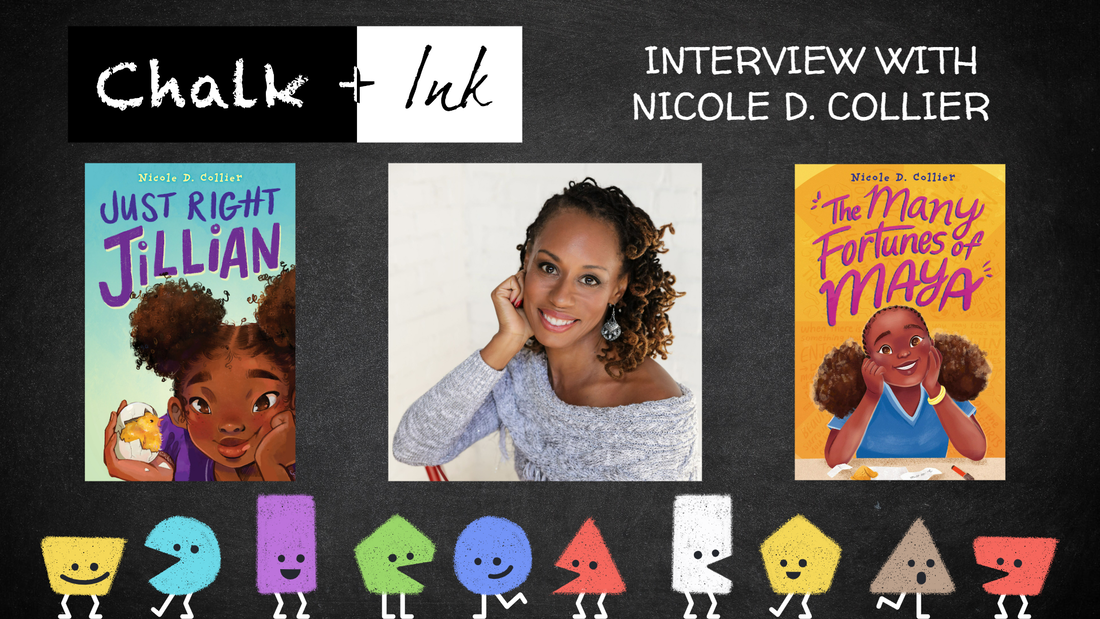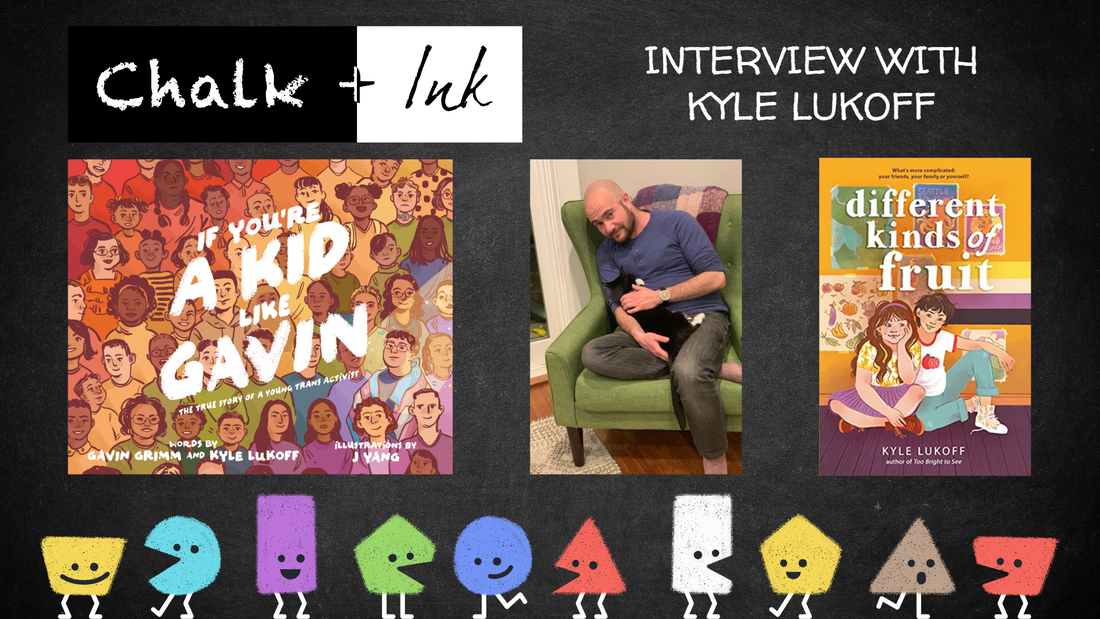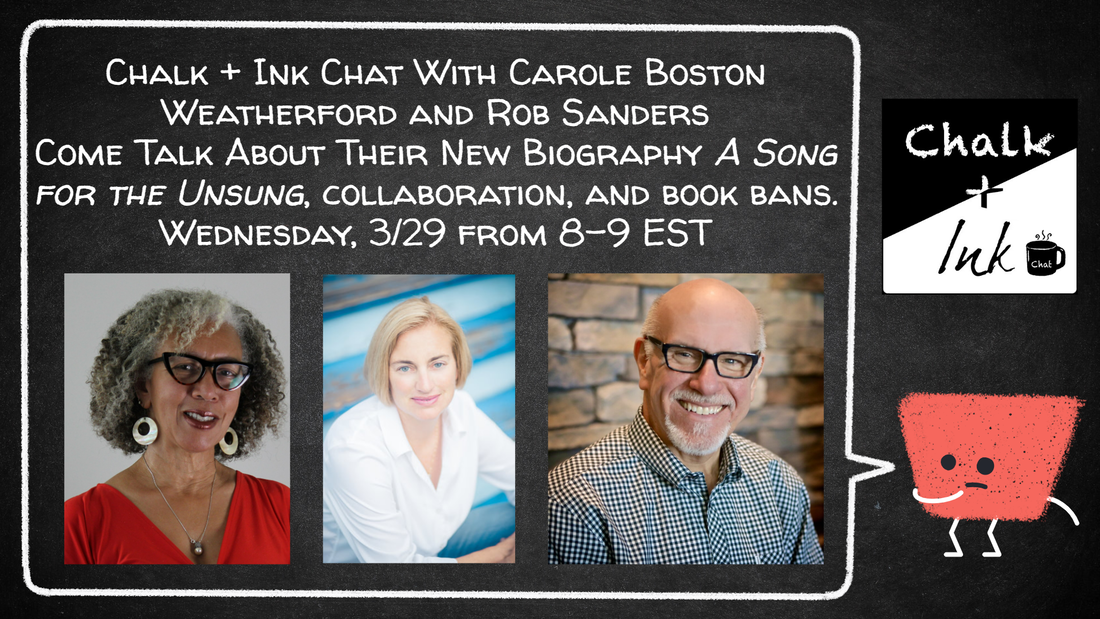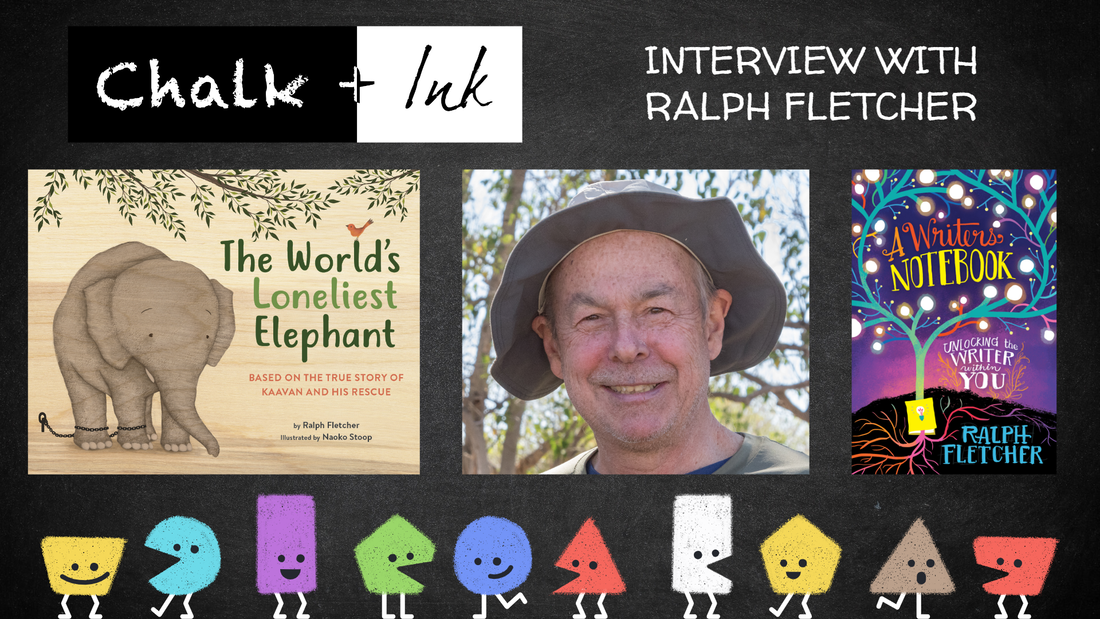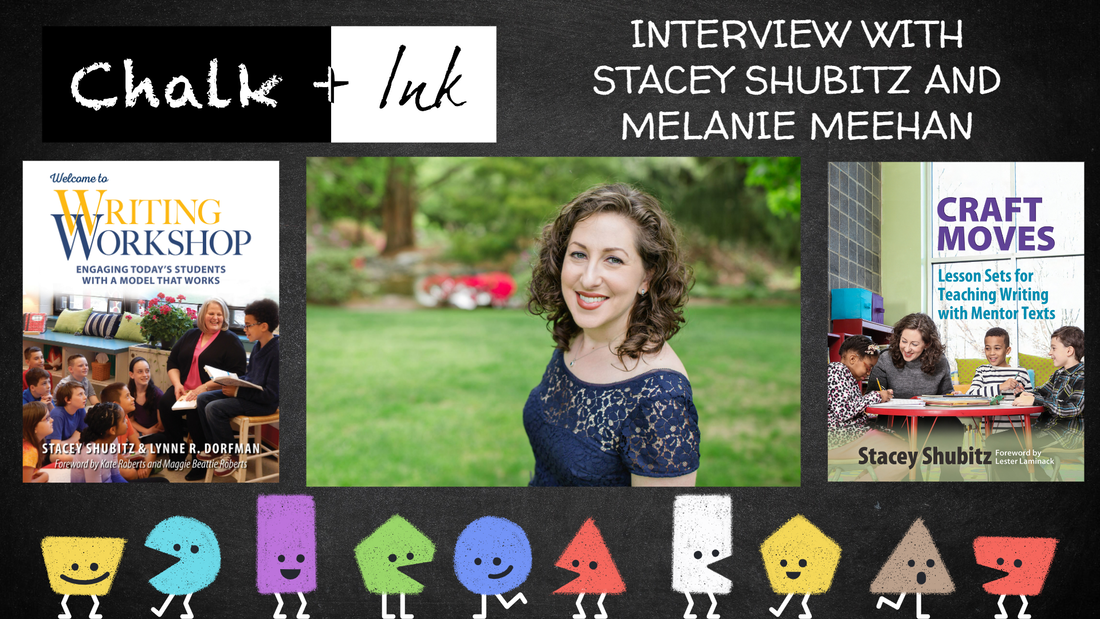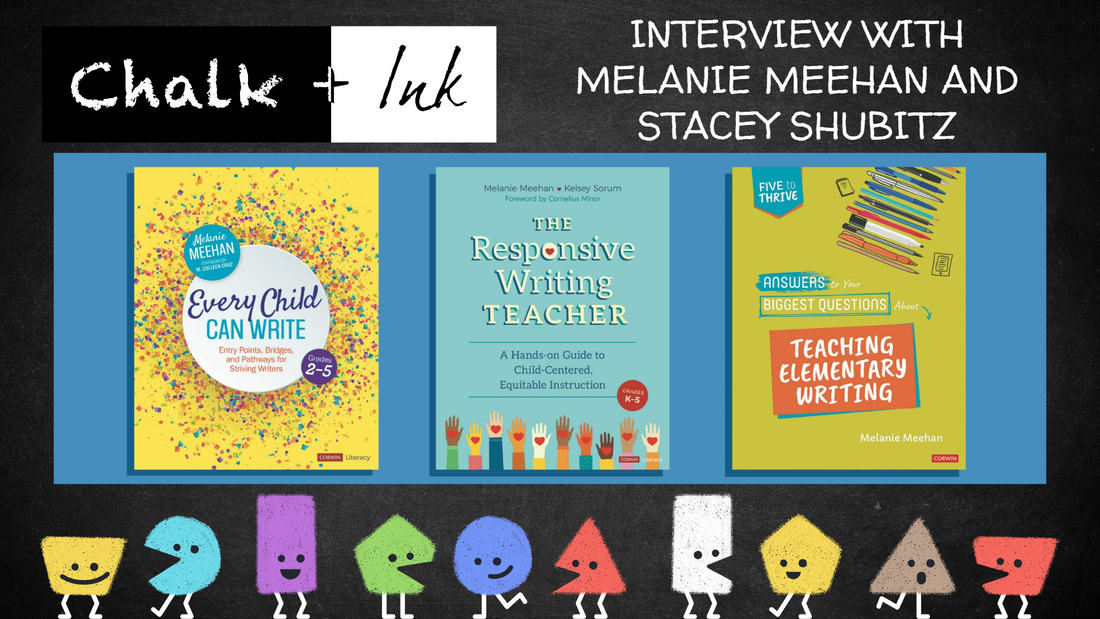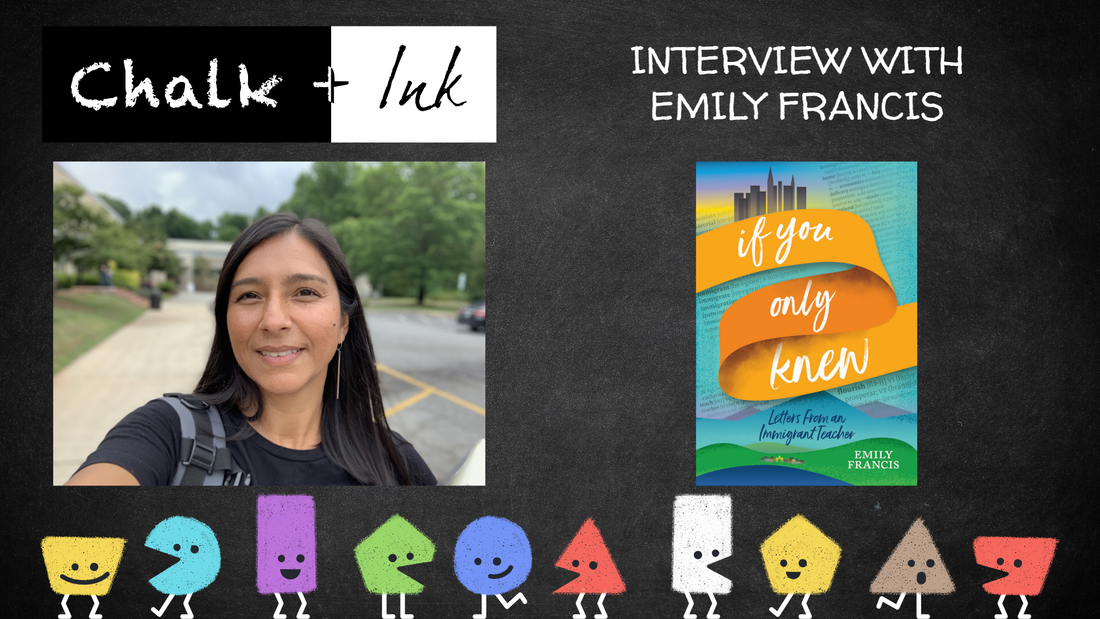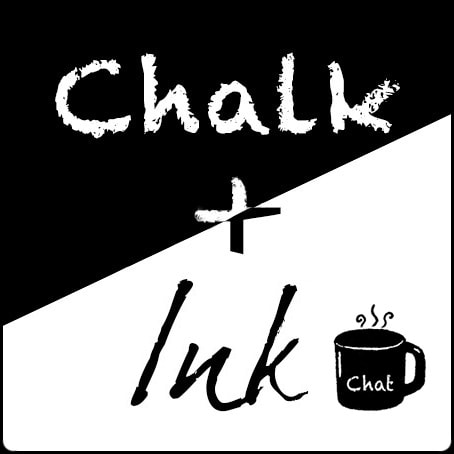|
Hanh Bui highlights the helpers who welcomed her and her family to the United States in the 1970s, surrounds herself with positive people, and stays true to her story. During the pandemic when Hanh heard about immigrant children being separated from their parents at the Mexican border, she knew she had to share her immigration story with the world. She wanted to tell stories about all the helpers who eased her and her family's transition to the United States: soldiers, social workers, teachers, church workers, as well as organizations such as the YMCA, the Salvation Army and the Red Cross. In order to tell her story, she knew she would have to surround herself with positive people. She engaged with her local writing community by attending book launches at independent bookstores. The first author event she attended featured Mary Rand Hess. Mary became her first writer friend and mentor. From there, Hanh joined SCBWI, engaged with Highlights, attended Pat Cumming's Picture Book Boot Camp, and participated in Vivian Kirkfield's 50 Precious Words Contest. Hanh is so grateful to all of these people and organizations for helping her along the way. Some people wanted Hanh to change certain aspects of her story. For example, some people wanted the mother in Hanh's debut book, The Yellow Áo Dài, to be angry. But that was not the experience Hanh wanted to portray. The fact that Hanh portrayed a kind and empathetic Asian mother, instead of the hurtful, stereotypical Asian tiger mom, attracted illustrator Minnie Phan to Hanh's story. Hanh stayed so true to kindness and empathy, that I felt loved as a reader. Hanh recommends people have the following picture books in their elementary classrooms: The Power of Yet by Maryann Cocca-Leffler This book features a pig who practices patience and perseverance. With those two qualities, anything is possible. The Kindest Red by S.K. Ali and Hatem Aly This book shows children that they can be resilient and have courage especially when they surround themselves with positive people. Hanh also recommends teachers have classics on hand such as Arnold Lobel's Frog and Toad, as well as books by Sandra Boynton and Mo Willems. If you would like to win a copy of Hanh's book please leave a comment below. To prep for our next episode, be sure to read one or both of Chris Baron's middle grade novels, All of Me or The Magical Imperfect. As always, many thanks to Sarah Brannen for Chalk + Ink's banner and logo. Summer is just around the corner. Be sure to pick up a copy of Summertime Sleepers, written by Melissa Stewart and illustrated by Sarah, and start daydreaming about summertime naps. Happy listening!
2 Comments
Chalk + Ink: Episode 57; Trusting the Process With Mary Ann Cappiello and Erika Thulin Dawes4/15/2023 Mary Ann Cappiello and Erika Thulin Dawes talk about trusting the process, text sets, and the magic of working on multiple projects. Often times we think our process isn't valid. This could be because it doesn't look like someone else's or because it doesn't look like we think it should look or because we haven't reached the goals we hoped to obtain. But Mary Ann and Erika talk about how important it is to trust the process, whatever that looks like for each writer, whether the two of them are collaborating on a new book, writing on their own, or coaching their students as they craft their own work. What does it mean when we talk about a text set? Many people may think we're talking about various books. And while books are definitely part of a text set, they're not the whole picture. When Mary Ann and Erika talk and write about Text Sets in Action, they're talking about multi-modal, multi-genre text sets. To help teachers understand the various ways text sets may be utilized in the classroom, they have developed various visual models such as the solar system model or the tree ring model. My favorite is the tree ring model because it centers the main text and examines the sources the author used to create the text. In addition to thinking our process isn't valid, sometimes we superimpose rules on ourselves that limit our creativity such as I should only work on one project at a time or I'm too busy to balance another project right now. But both Mary Ann and Erika feel when they work on multiple projects at once that not only are they more productive, they are also able to uncover solutions that would have remained buried if they were only working on a single project. For elementary classrooms, Mary Ann and Erika Thulin Dawes recommend the following books: Whale Fall by Melissa Stewart and Rob Dunlavey Mary Ann talks about how a teacher, a former student of hers, raves about Whale Fall and the powerful impact on her elementary students. I just read Whale Fall in my class, and my students loved it, too. I loved watching them point and hearing them ooh and ah at each new sea creature they learned about as they feasted on the whale fall. Berry Song by Michaela Goade Erika loves books that celebrate our natural world. Not only does Berry Song invite readers to interact with nature, the text offers multiple opportunities to discuss social and environmental justice. Ablaze with Color by Jeanne Walker Harvey and Loveis Wise This book has been bringing Erika joy. She's been using it in one of her students' preschool classrooms and the preschoolers love it. On Mary Ann and Erika's website, Teaching with Trade Books, they have a ton of curated recommendation lists. If you would like to win a copy of Text Sets in Action or a thirty-minute coaching session on how to use text sets in the classroom, leave a comment below. Remember to sign up for our next Chalk + Ink Chat on April 26th with Lisa Stringfellow and Michael Leali to talk about their debut year and DEI in middle grade novels. On the next episode, I'm looking forward to discussing Hanh Bui’s debut picture book, The Yellow Áo Dài. Many thanks to Sarah Brannen for Chalk + Ink’s podcast art. Congrats to Sarah on her latest book sale. I’ll echo another critique group member and say I can’t wait to see Lolly on the ice and on bookshelves. Happy listening! Jessica Lander celebrates students' strengths, talks about using text structure to synthesize research, and self care. As educators, we know students need to find mirrors in books. But, let's face it. Many students, especially immigrant students, never find those mirrors. As a result, they don't read. Jessica Lander has a simple solution for that all-too-common classroom challenge. All of her students write their migration stories, which Jessica edits and publishes as books. Check out her We Are America site, if this is a project you'd like to implement in your high school. Publishing her students' work is one of many ways Jessica celebrates her students' strengths. Need to get unstuck? Take a walk. That's what Jessica did and as she was walking, she figured out the text structure for her amazing book, Making Americans. She had done a ton of historical research, visited multiple schools, and did hundreds of hours of interviews, which she had cobbled together in a way that muddled her message and confused her first readers. But as she walked, the structure of the book: the past, the present, and the personal emerged. The rest is history. Finally, Jessica talks about self care. Whether it's taking a walk, visiting with friends, or even something simple like treating herself to a cup of tea while she writes. In order for her students to have self care opportunities during the school day, she's created a welcoming space in her classroom complete with a herbal garden, a paper tree, and hanging butterflies. Whatever self care looks like for each person, it's something we all need more of in our lives. For a list of over 200 carefully curated social justice titles for high school classroom collections, please contact Jessica. In the meantime, if you're looking for two titles that will most likely have mirrors for your immigrant, high school students, check out We Are America and We Are America Too, written by Jessica's students. If you would like to be entered to win a copy of Making Americans, please leave a comment below. As always, many thanks to Sarah Brannen for Chalk + Ink's logo and banner. Happy listening! Nicole D. Collier talks about facing fears, asking tough questions about whether or not we’re betraying ourselves and gives listeners tips to create courage. It took decades for Nicole to face her fear and begin writing. But she did even though she didn't know how to begin or what to write. She began just in time to craft her debut Just Right Jillian. Just like Nicole, Jillian has to overcome her fear of being seen in order to pursue her dream of participating in her school's Mind Bender challenge. In her second novel, The Many Fortunes of Maya, Nicole asks readers to consider a tough question. When we have a choice, how do we stay true to ourselves and choose what we want instead of choosing what someone else wants because we want to please others? Nicole recommends listeners take the following actions to create the courage they need to chase after their dreams: 1) Read affirmations. 2) Listen to courageous music. 3) Wear courageous clothes. Nicole recommends the following middle grade novels: Hannah Hsu and the Ghost Crab Nation by Sylvia Liu Kids are connected to the internet through their brains. Say no more! I have to grab a copy of this book, curl up on the couch, and crack it open. Dan Unmasked by Chris Negron This book speaks to boys' social emotional health. Not an Easy Win by Chrystal D. Giles Giles tackles tough topics in this novel that features a multigenerational household and an incarcerated parent. I haven't read this story, but I love her other book, Take Back the Block. The Tryout by Christina D. Soontornvat Double Newbery Honor winning author, Christina Soontornvat's, graphic memoir about growing up in Texas. I own a copy of this book, but I've never read it. The title keeps getting passed from student-to-student. Looks like it will be a summer read. If you would like to win a copy of one of Nicole's delightful novels, leave a comment below. Or share this episode on social media, and be sure to tag Nicole and me. Remember to sign up for our next Chalk + Ink Chat featuring Carole Boston Weatherford and Rob Sanders on March 29th from 8-9 PM EST. We'll be talking about biographies, collaboration, book bans and more. Many thanks to Sarah Brannen for Chalk + Ink’s podcast art. Congrats to Sarah on her latest book sale. I’ll echo another critique group member and say I can’t wait to see Lolly on the ice and on bookshelves. Happy listening! Kyle Lukoff talks about puzzling out books, gives tips to librarians to protect their patrons’ right to choose their own books and compares picture books to formalist poems. It turns out that Kyle thinks writing a novel is a lot like putting together a jigsaw puzzle and so do I. He talks about how his third novel he wasn't sure how three different story elements were going to hang together, but in the end they all fit perfectly with one another, which felt like magic. His third novel isn't out yet. In the meantime, read his Newbery Honor book Too Bright To See or his latest novel Different Kinds of Fruit. For eight years, Kyle worked as a school librarian. When I read his ALA Office of Intellectual Freedom Award speech, I wanted to delve into protecting patron's rights on the podcast. He took the following actions to protect his students' right to choose their own books: 1) Invited parents and guardians to check out up to four books they could share with their kids at home to validate the adult's right to choose and participate in their child's reading life. 2) When a caregiver complained to Kyle that the book their child chose was too difficult, Kyle asked the adult to read the book at home for 15 minutes with the child. Then, ask if the child enjoyed the book. If the answer was yes, great. If the answer was no, then ask the child if they would like to return the book and pick a different title. That way the child had agency instead of the adult choosing for them. 3) Kyle told teachers that if caregivers had a problem with something in the library, that the caregiver had to reach out to him directly. For the first time ever on the podcast, we talked about how "picture books are more aligned with formalist poetry than any other kind of writing." Kyle gives a lesson on picture book structure using Where the Wild Things Are by Maurice Sendak and he also talks about the structure in Big Cat, Little Cat by Elisha Cooper and Big Mean Mike by Michelle Knudsen. I talked about Kyle's book Explosion at the Poem Factory, which in addition to being a super-fun story is also a poetry primer. Kyle recommends that elementary libraries have the following books on hand: The Rabbit Listened by Cori Doerrfeld Sounds like Kyle loves this book as much as I do. He wrote a forthcoming picture book called Just What to Do, which is a response to Cori's book about how often what we need when we're upset is not to do anything, but to have someone who will listen to us talk it through. We Are Grateful: Otsaliheliga by Traci Sorrell Traci was in my debut group, and I love her work. In addition to We Are Grateful which talks about gratitude year round, Kyle said he loves At the Mountain's Base. As a fourth grade teacher, I highly recommend We Are Still Here!: Native American Truths Everyone Should Know because it dispels the myth that Native Americans no longer exist and highlights the power of education. I Am Every Good Thing by Derrick Barnes It's impossible not to feel joy when reading this book. Finally, Kyle recommends any book written or illustrated by Yuyi Morales to brighten up any library space. If you would like to win one of Kyle's amazing books, leave a comment below. As always, many thanks to Sarah Brannen for Chalk + Ink's podcast art. In this episode, Ralph Fletcher talks about how writing is a process for self-discovery, how the writer’s notebook is a place to honor students’ voices, and we also talk about treasure maps. Wait a minute, treasure maps? Yep, treasure maps. What an honor to talk to Ralph Fletcher, a lifelong champion of writing! In his memoir, Marshfield Dreams, Ralph writes about his father's last kiss. No, not because his father died, but because when he was around seven or eight his dad decided Ralph was too old for kisses. Not a glowing parenting moment for sure, but Ralph assures listeners that his dad redeems himself later on in the book. Funny enough, the same week I interviewed Ralph, I was revising my middle grade novel, and I realized that the whole story is about needing to ask for help. So, Ralph and I marvel about how one of the magical aspects of writing is that it's often not clear why the author needs to write certain words on a page until the project is well under way. But when the words appear, we will have uncovered a truth about ourselves that we didn't know we were searching for. We also talk about using writer's notebooks in the classroom to honor student voice and choice. A newly revised version of Ralph's A Writer's Notebook: Unlocking the Writer within You published in January and it offers a plethora of varying ways to use a writer's notebook, including collecting photos and ticket stubs. If you're looking for even more ways to incorporate student voice and choice into writing, be sure to check out Ralph's inspiring book, Joy Write. After I read it two years ago, I incorporated joy writing into our classroom job chart. My students love it when they get to take one of our two classroom notebooks home and write whatever they want in its pages. I love reading about what brings them joy. As writers, we all know one of the hardest parts of the process can be getting started. That's the case for our students, too, which is why Ralph suggests having students draw a map of their neighborhood. Then, ask students to mark their favorite spots, dangerous spots, and their secret spots. When they're done, they'll have a story treasure map they can mine any time. Ralph recommends that elementary teachers have the following books: The Relatives Came by Cynthia Rylant Ralph loves how Cynthia takes ordinary experiences and writes about them in beautiful ways. He also recommends Night in the Country, which Rylant also wrote. I, too, love The Relatives Came and I'm also a big fan of her book, The Great Gracie Chase. Knucklehead by Jon Scieszka Jon gets at the absurdity of life. Plus, Jon is one of six brothers, like Ralph. Honey, I Love by Eloise Greenfield Poetry is important because kids need to see that language is concise and can pack a wallop. If you'd like to be entered to win one of Ralph's fabulous books, leave a comment below or share this episode on social media and be sure to tag Ralph and me. Finally, as always, special thanks to Sarah Brannen for creating our Chalk + Ink art. Happy listening! Chalk + Ink: Episode 52; Writing for a Wide Awake Life With Stacey Shubitz and Melanie Meehan2/3/2023
This week Melanie Meehan and Stacey Shubitz from the Two Writing Teachers Podcast talk about how writing helps us live wide awake lives, discuss why the best teachers of writing, write, and how as authors it’s our responsibility to ask for what we need from a critique. Want to have more joy in your life? Then be sure to participate in the Two Writing Teacher's Slice of Life Challenge. To sum up the challenge, participants write daily blog posts about their lives and comment on other people's posts. Melanie and Stacey explain how knowing that they need to write every day makes them lead wide awake lives and actively seek out daily activities that will bring them joy. Their podcast episode about this incredible activity intrigued me so much that I just had to discuss Slice of Life so that Chalk + Ink listeners wouldn't miss out on this delightful opportunity. Stacey and Melanie also chat about how if we want our students to grow as writers, that we need to write alongside our students. They each share various moments from their writing timelines and talk about how they incorporate those growth moments into their teaching. They're so inspiring that you'll want to know more. So be sure to check out their books, Welcome to Writing Workshop and The Responsive Writing Teacher. You'll be happy you opened your wallet and spent the time gathering numerous strategies to take back to your classroom. As writers, we're responsible for our own growth. If we want helpful feedback, we need to state what kind of feedback we want from a critique. We talk about how to get specific feedback as professional writers and how to teach our students to use anchor charts, with specific questions, to help them get the feedback from peers and teachers so that they, too, can grow as writers. Melanie recommends that upper elementary classrooms all have Jacqueline Woodson's Each Kindness. We talk about how this book is so important because it has an honest ending, that doesn't sugarcoat life. Stacey recommends teachers fortify their professional collections with Melanie's, The Responsive Writing Teacher, as well as her book, Every Child Can Write, and the following titles: A Teacher's Guide to Writing Conferences by Carl Anderson When a teacher confers with a student on their work, so many windows of opportunity open. I can't wait to delve into this book. A Teacher's Guide to Mentor Texts, K-5 by Carl Anderson Obviously Stacey is a huge fan of Carl Anderson! While Stacey's book, Craft Moves: Lesson Sets for Teaching Writing with Mentor Texts, examines a myriad of ways twenty specific picture books can be used to teach students writing craft moves, Stacey says Carl's book is a broader overview about the power of using picture books as mentor texts. Both Stacey and Melanie fangirled about Katherine Bomer's book, The Journey is Everything: Teaching Essays That Students Want to Write for People Who Want to Read Them. This book shows how if as educators we want students to live wide awake lives we have to teach them to breakout of the five-paragraph essay format. Delight emanated through Stacey and Melanie as they talked about this book. Full disclosure here, I am a proponent of the five-paragraph essay as a basic writing building block. So, I'll definitely be reading this book with a growth mindset lens. Stacey ended her book recommendations by circling back to the topic of joy. To attract more happiness and peace, Stacey recommends Joyful: The Surprising Power of Ordinary Things to Create Extraordinary Happiness by Ingrid Fetell Lee. If you want to be entered for a chance to win one of Stacey or Melanie's amazing books, please leave a comment below. Join us for our first ever Chalk + Ink Chat on the last Wednesday of every month, from September through May, from 8-9 PM EST. Our February 2023 featured guest is none other than the fabulous Melissa Stewart. Special thanks to Sarah Brannen for Chalk + Ink’s podcast art. Happy listening! NCTE published its Position Statement on the Role of Nonfiction Literature (K-12) and it's a must-read for all educators. One of my favorite quotes from the statement is, "Informed citizens of pluralistic societies appreciate multiple perspectives and worldviews and acknowledge the dangers of any single story." One of the stories we've been sold over and over again is that undocumented immigrants are lazy and uneducated, and that is false. But don't take my word for it. I am not and was never an undocumented immigrant. But Emily Francis was. In her stunning epistolary memoir, If You Only Knew: Letters From an Immigrant Teacher, Emily Francis describes her immigration journey, how she perseveres, despite countless obstacles, to become a teacher, and how sharing her story with her students empowers them to share their voices and stories in her classroom. On this episode, Emily talks about the necessity of transparency and honoring students' stories and their wishes. Emily cuts to the chase about the importance of transparency in the classroom. Speaking about her students she states, "I want them to see me for who I am, with all transparency." She continues on to say, "That vulnerability in the book... was necessary because it helped me heal... and it helps empower students to say, 'Hey, if Ms. Francis is sharing this part of her life, I think I can share mine, too.' " So how does Emily provide the opportunity for students to share their stories? She uses Reimagining Migration's Moving Stories Unit which teachers can use in their classroom so that all students share their family's moving story about how they or their ancestors came or were forced to come to the United States, or how their ancestors were forced to move as a result of European colonization. Not only does the unit provide teachers with a scaffold to help students share their stories, the unit also honors students wishes by providing them with statements they can incorporate into their individual writing contracts. Contracts reassure students that they will have the power to choose which parts of their stories they share, and which parts of their stories they will write for themselves. She uses the following books when launching Moving Stories: Show Way by Jacqueline Woodson The Day You Begin by Jacqueline Woodson Emmanuel's Dream by Laurie Ann Thompson Part of Emily's transparency in the classroom and as a keynote speaker is sharing her reading life. Click here to find more titles she recommends. It delighted me to see that her featured photo for her My Reading Life page included René Has Two Last Names by former podcast guest, René Colato Laínez. If you'd like to be entered to win a signed copy of Emily's book, If You Only Knew, leave a comment below. Finally, I want to give a shout out to Sarah Brannen for Chalk + Ink’s podcast art and call attention to the Robert F. Sibert Informational Book Medal. Last year at ALA, Summertime Sleepers, written by Melissa Stewart and illustrated by Sarah Brannen, won the Sibert Honor. As I write this post, the ALA awards are only ten days away and I can’t wait to see which book wins the Sibert Medal this year. Happy listening! |
Chalk + Ink ChatsWant to hang out with teachers who write and writers who teach? Fill this form to join our Archives
October 2023
Categories |
